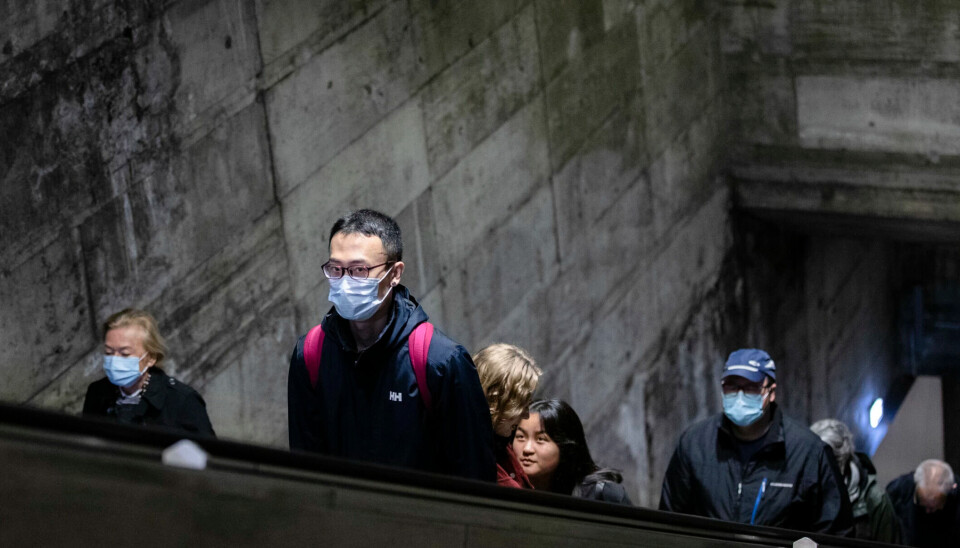
Mandatory measures during the pandemic had a greater effect in large cities
Researchers have analysed people’s movement patterns in Norway during the pandemic to map out whether they complied with the authorities’ advice and restrictions.
Norwegian authorities issued several recommendations and advice during the pandemic to limit the spread of Covid-19. One goal was to reduce contact between people. Some of the recommendations were at times turned into mandatory measures, especially during spikes in infections.
But was it necessary to be so strict? Using mobile data from telecommunications company Telenor, Norwegian researchers looked at how people moved after a recommendation was given, and then looked at how people moved when that recommendation was turned into a mandatory measure.
“People were very responsive when the authorities issued advice and recommendations. Throughout Norway, physical contact and mobility were reduced after non-mandatory measures were introduced. This suggests that a large number of people follow such advice. When the recommendations were turned into mandatory measures, we saw that it had a significant effect in the cities, while there was no difference in rural areas,” Arnoldo Frigessi tells the Norwegian news agency NTB.
Frigessi is a professor at the Faculty of Medicine at the University of Oslo and Oslo University Hospital (OUS).
Did we have to be strict?
Frigessi is part of the team behind the study, which was recently published in the journal Eurosurveillance.
The study suggests that general recommendations may have been sufficient for preventing infection in certain situations. It may also have been sufficient in geographical areas with lower population density.
“When it comes to issuing mandatory measures, they were primarily useful in Oslo and other large cities,” Frigessi says.
The study is based on mobile data from all 365 municipalities in Norway between January 2021 and January 2022. Factors such as the amount of time spent outside the home and how far away people traveled at the most were examined.
After advice was issued on the use of face masks, working from home, social distancing, serving of alcohol, events, schools, gyms, restaurants as well as shops and businesses, the researchers found that people generally spent more time at home. When they did go out, they didn't venture as far from the home as before.
Will learn for next time
The study results can be used to understand how to best limit the spread of infection during future pandemics and the choice of measures taken by the authorities, according to the Norwegian Institute of Public Health (link in Norwegian).
“Next time there is a pandemic, we know that it is very important to provide advice and recommendations, but also that these must be given in the right way. People listen to and follow advice, but it is a prerequisite that it must be based on scientific evidence. There is a high degree of trust in authorities, and that is also important. The question then is what we do to maintain such a positive attitude towards authorities and regulations,” Frigessi says.
The researchers have also pointed out that non-mandatory measures are usually perceived as and are less invasive and cost less.
“It's a judgment call, but we did not see any effect of mandates in the districts. Perhaps such mandates are still important in cities where people live closely together,” Frigessi says.
———
Translated by Alette Bjordal Gjellesvik.
Read the Norwegian version of this article on forskning.no



































